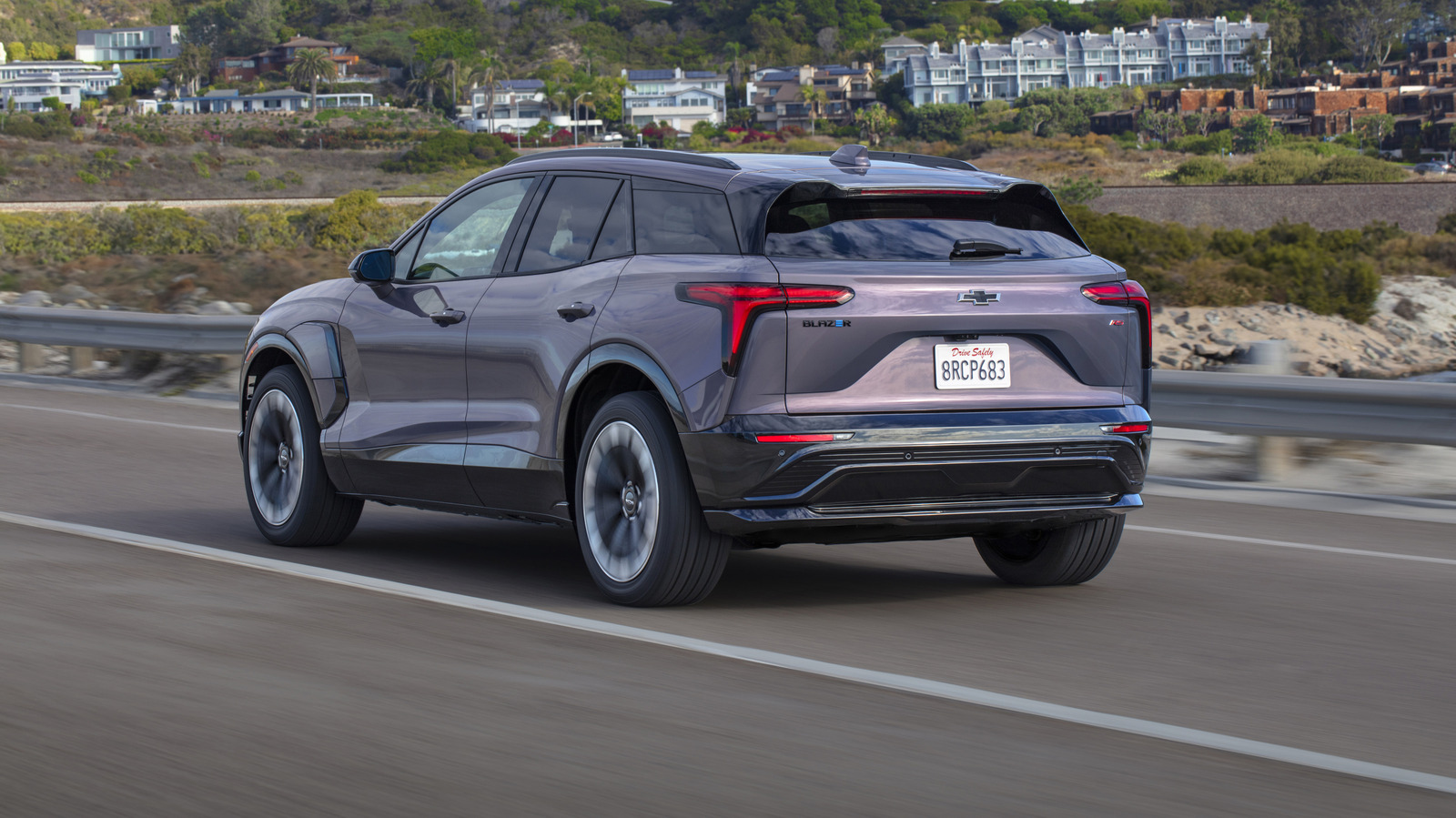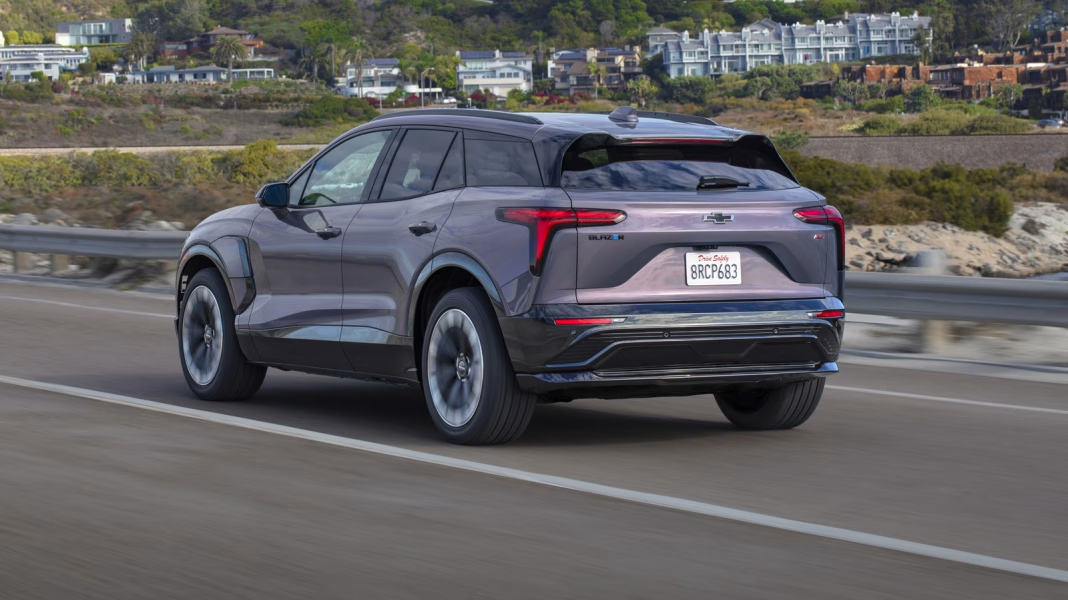The Chevrolet Blazer EV has made quite a splash in the electric vehicle market, but recent changes have left some enthusiasts scratching their heads. With the rear-wheel drive (RWD) option now off the table, buyers are left with just front-wheel drive (FWD) and all-wheel drive (AWD) configurations. So, what does this mean for potential buyers and the future of the Blazer EV?
Why Ditching Rear-Wheel Drive Matters
First off, let’s talk about the decision to eliminate the RWD option. It’s not just a random choice; it reflects a broader trend in the automotive industry. Many manufacturers are pivoting towards FWD and AWD setups for electric vehicles, primarily due to their efficiency and performance benefits. RWD can offer a sporty feel, but in the realm of EVs, the instant torque from electric motors often makes FWD and AWD more appealing for everyday driving.
For instance, FWD vehicles tend to be lighter and more efficient, which can translate to longer ranges on a single charge. On the other hand, AWD provides enhanced traction, especially in adverse weather conditions. This is particularly important for buyers in regions that experience snow or heavy rain. By focusing on these two configurations, Chevrolet aims to streamline production and cater to the needs of the majority of consumers.
Understanding Your Options: FWD vs. AWD
Now, let’s break down what you can expect from the two remaining options. The FWD Blazer EV is likely to be more economical, offering a smooth ride with decent range. It’s a solid choice for city driving and daily commutes, where agility and efficiency are key.
On the flip side, the AWD variant is designed for those who crave a bit more power and control. With dual motors, it can deliver quicker acceleration and better handling, making it a great option for adventurous drivers or those who live in areas with challenging weather. Plus, the added traction can boost confidence when navigating slippery roads.
Real-World Implications for Buyers
So, how does this shift impact you as a potential buyer? If you were leaning toward the RWD option for its sporty characteristics, you might need to adjust your expectations. However, this doesn’t mean you’re losing out on performance. The AWD model, in particular, is engineered to deliver a thrilling driving experience, with the added benefit of enhanced stability.
Moreover, the decision to simplify the lineup could lead to better availability and potentially lower prices. Fewer configurations mean less complexity in production, which can translate to savings that might be passed on to consumers. It’s worth keeping an eye on how this plays out in the market.
The Bigger Picture: Trends in the EV Market
Chevrolet’s move is part of a larger narrative in the electric vehicle landscape. As more automakers pivot to EVs, the focus is shifting toward configurations that maximize efficiency and performance. This trend is evident not just in Chevrolet but across the industry, as companies strive to meet consumer demand for sustainable yet powerful vehicles.
Additionally, this simplification could reflect a growing understanding of consumer preferences. Many buyers are looking for straightforward options that meet their needs without overwhelming them with choices. By honing in on FWD and AWD, Chevrolet is likely aiming to cater to the majority while still offering a robust driving experience.
What’s Next for the Blazer EV?
As the Blazer EV continues to roll out, it will be interesting to see how these changes resonate with buyers. Will the streamlined options attract more customers, or will some feel the absence of the RWD variant? Only time will tell.
The big takeaway? Embracing the shift to FWD and AWD isn’t just about losing options—it’s about focusing on what truly matters: performance, efficiency, and a driving experience that meets the needs of today’s consumers. If you’re in the market for an electric vehicle, consider what you value most in your driving experience, and you might just find that the Blazer EV has something special to offer.


